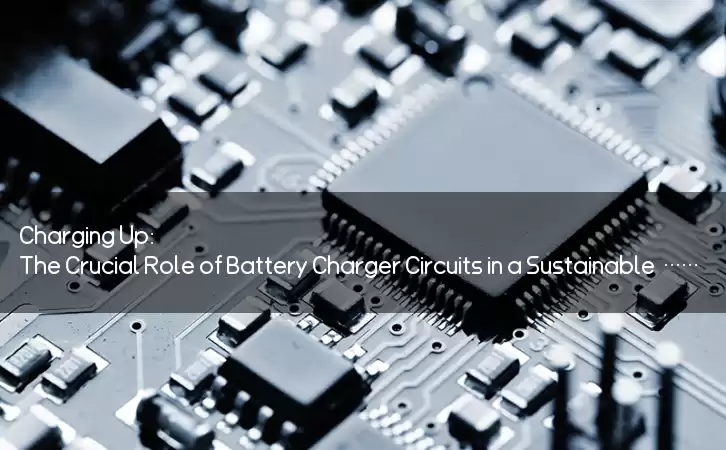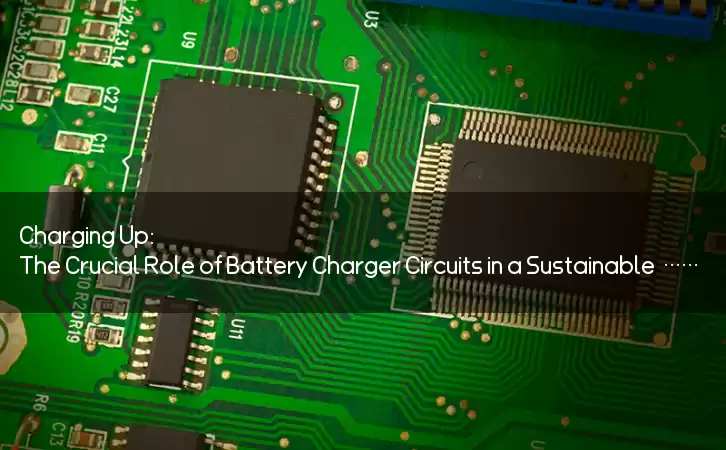Information Center
Charging Up: The Crucial Role of Battery Charger Circuits in a Sustainable Future
Published:2023-06-19 00:35:38 Author:Green WCND Views:33Battery Charger Circuit: An Overview

As we move towards a more sustainable future, the use of renewable energy and cleaner technologies becomes more important. Battery-powered devices are becoming increasingly popular due to their portability and convenience, and the need for efficient and reliable battery charging systems is crucial. In this article, we will take a closer look at battery charger circuits and their components, as well as their working principles and applications.

A battery charger circuit is an electronic device used to charge batteries by controlling the flow of electric current. Battery chargers are critical components in many devices, including mobile phones, laptops, electric vehicles, and renewable energy systems. Battery charger circuits can be divided into two main categories: linear chargers and switched-mode chargers.
Linear chargers are simple, but they are not very efficient because they dissipate a lot of energy in the form of heat. Switched-mode chargers, on the other hand, use pulse-width modulation techniques to control the flow of current and are much more efficient. The most common types of battery charger circuits are constant current chargers, constant voltage chargers, and trickle chargers.
A constant current charger is a type of battery charger circuit that maintains a constant current flowing into the battery during the charging process. This type of charger is suitable for charging batteries with a low state of charge, such as a discharged battery. When the battery voltage reaches a predetermined level, the charger switches to a constant voltage mode.
A constant voltage charger, as the name suggests, maintains a constant voltage across the battery terminals during the charging process. The current flowing into the battery decreases as the battery voltage rises, and the charger stops the charging process when the battery is fully charged. This type of charger is best suited for batteries that are partially charged or have a higher capacity.
Trickle chargers, also known as maintenance chargers, maintain a low current flow into the battery, providing a slow and continuous charge. This type of charger is useful for maintaining the charge of a battery that is not in regular use, such as a lawn mower or a recreational vehicle battery.
The components of a battery charger circuit include diodes, capacitors, resistors, and transistors. Diodes are used to regulate the direction of current flow, while capacitors store and release electrical energy. Resistors limit the current flow and regulate the voltage, while transistors control the flow of current.
In conclusion, battery charger circuits are essential components in many electronic devices and renewable energy systems. They are available in several types, including constant current chargers, constant voltage chargers, and trickle chargers. Understanding the working principles and components of battery charger circuits is vital for designing efficient and reliable charging systems that contribute to a sustainable future.
The battery pack is the heart of a golf cart, silently powering every acceleration and climb on the green. However, battery degradation often goes unnoticed, mu···
The battery pack is the heart of a golf cart’s power system, yet maintaining it has long been a challenge for technicians. Traditional troubleshooting methods—···
For golf course managers, ensuring smooth and efficient operations is crucial for providing a memorable experience for golfers and maintaining the reputation of···
A battery tester ensures golf course cart batteries operate efficiently and reduces downtime through the following ways:I. Precise Battery Condition DiagnosisOp···





